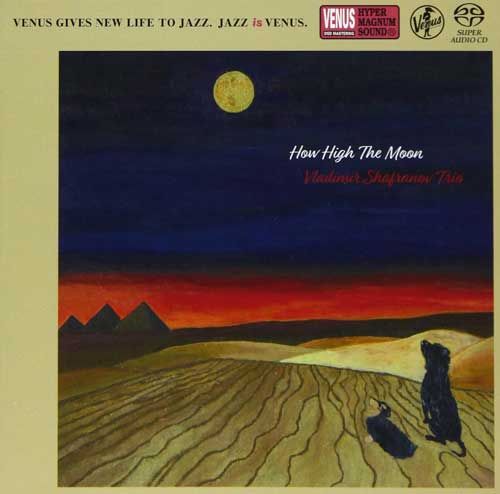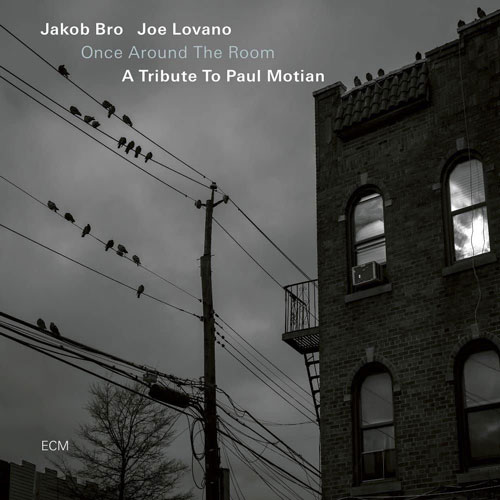Improvisation is such a significant and essential appeal of jazz that it has been said that “jazz means improvisation” and “improvisation means jazz.” When did a new trend of “jazz composers,” who compose jazz pieces while taking advantage of such appeal, begin to emerge? Going beyond composing and arranging tunes that serve as materials for jazz performance, they create new music, much like classical music composers orchestrating their works. Although we have seen attempts to fuse jazz and classical music before, in this column, I will focus on three musicians who create new sounds for the 21st century.
#229 Maria Schneider’s Masterpiece Focusing on Two Aspects of Modern Society
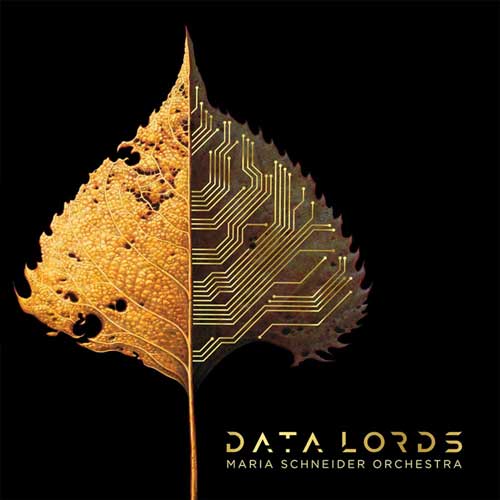
Data Lords / Maria Schneider Orchestra
(Artistshare AS-0176, Imported)
This is an album released in 2020 by the Maria Schneider Orchestra, which created a new trend in today’s big bands. Completed five years after her previous Grammy Award-winning work “Thompson Fields” (introduced in ♯3), “Data Lords” is an all-out masterpiece with the theme of distrust felt by creators in a society dominated by data. The album consists of two CDs, and the first, “Digital World,” has muddy sounds evoking a world in which we get lost behind mechanical computers. Dark sounds pervade the entire disc, and we feel a sense of urgency against what is unseen. “I was inspired to work on this project after collaborating with David Bowie, and it was a very challenging experiment,” she said. The deepening conflicts and crises of humanity in the real world are played out as artworks with aggressive musicality. Considering that it was recorded four years ago, in 2019, it could be heard as a hint of further fragmentation of contemporary society. <A World Lost> is a warning bell for a society invaded by electronics. The title track, <Data Lords>, features the trumpet with an electric attachment and the mysterious alto saxophone solo, backed by mystically howling brass.
In contrast, the other one, titled “The Natural World,” depicts a world filled with peace and tranquility, as if inspired by generous nature and art. It contains six pieces, each of which could be called a beautiful tone poem. In <Sanzenin>, which she wrote after visiting the Sanzen-in Temple in Kyoto during her stay in Japan in 2017, Gary Versace’s accordion provides a poetic solo backed by beautiful harmonies. And the profound sound of <Stone Song>, inspired by the “stone whispering,” which people enjoy by shaking a ceramic vessel filled with pebbles. This is a work worth listening to and was selected as the best album by critics in American Jazz Times magazine in 2021.
#230 Fantastic World Expressed by Miho Hazama
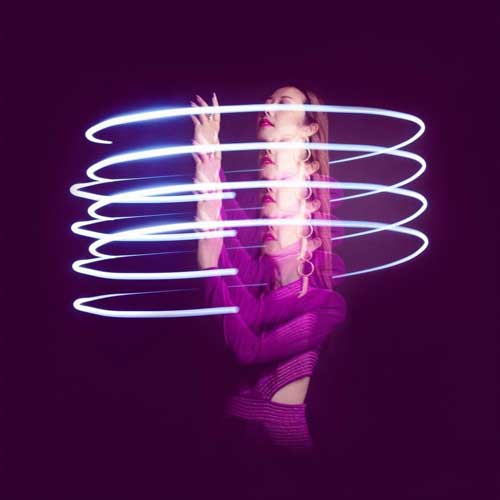
Beyond Orbit / Miho Hazama
(Universal Music UCCJ-2226)
This is m_unit’s new album in five years, following “Dancer in Nowhere” (introduced in ♯42) by Miho Hasama, who has been remarkably active as a “jazz composer.” The group, which could be called a jazz chamber orchestra with several strings and a French horn added, creates a wide variety of sounds with detailed nuances that are different from those of ordinary big bands.
<A Monk in Ascending and Descending> has a mysterious intonation. <Exoplanet Suite>, consisting of three parts in all, is a piece commissioned by “Monterey Jazz Festival” and, as the title “Exoplanet” suggests, depicts a mysterious and fantastic world on a magnificent scale. The way music with a complex structure is expressed in a natural flow is also an outstanding feature unique to Hasama’s compositions! The solo performances of Christian McBride (bass) and Immanuel Wilkins (alto saxophone), who participated as special guests, also have a strong presence.
#231 Natural Landscapes Depicting Power of the Natural World

SOLUNA / Martha Kato
(SOMETHIN’COOL LP ⇒ SCLP-1064, CD ⇒ SCOL-1064)
Martha Kato, who continues to work actively based in New York, is also one of the new generation of composers to watch. She has already received acclaim, with her music selected for the “Young Jazz Composer Awards,” given annually by the American Society of Composers, Authors and Publishers (ASCAP). “SOLUNA” is her new album following “Tales from The Trees” (2016). The title is a combination of “Sol” and “Luna,” meaning the sun and the moon, and was named after the abundant power of the natural world, which is a source of energy for her compositions.
Horn sections create rich and colorful sounds. Her ensemble effectively uses the flute and the soprano saxophone, further expanding the image of natural landscapes. The technique of blending her own “voice” into the harmony is also unique to her. <Sylphide of The Watermill> is an ambitious piece written at the request of Keio University’s Keio Light Music Society for the Yamano Big Band Jazz Contest. The album was released on CD last fall and followed by the LP version this fall. This time, I listened to the LP version and enjoyed the warmer sound of the harmonies.
About the Author
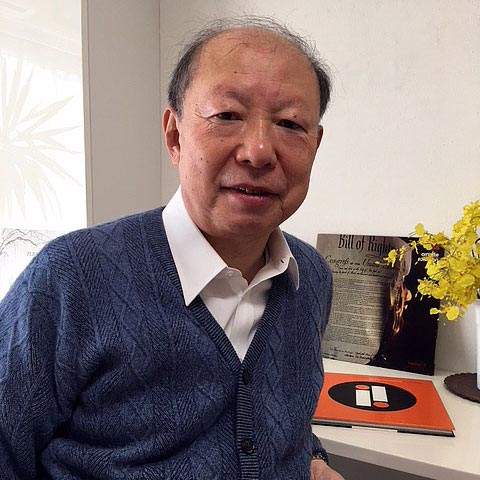
Masamichi Okazaki
Surrounded by various kinds of music from his childhood, Masamichi Okazaki joined Waseda University Modern Jazz Club. He started contributing articles to music magazines when he was a student. He covers wide range of music not only trad, modern and contemporary jazz, but also from pops to classics. He writes liner notes for CDs and LPs, and is a regular contributor to “JAZZ JAPAN,” “STEREO,” and others. He joined a big band, “Shiny Stockings,” as a saxophone player. He is a director of The Music Pen Club Japan (MPCJ).
